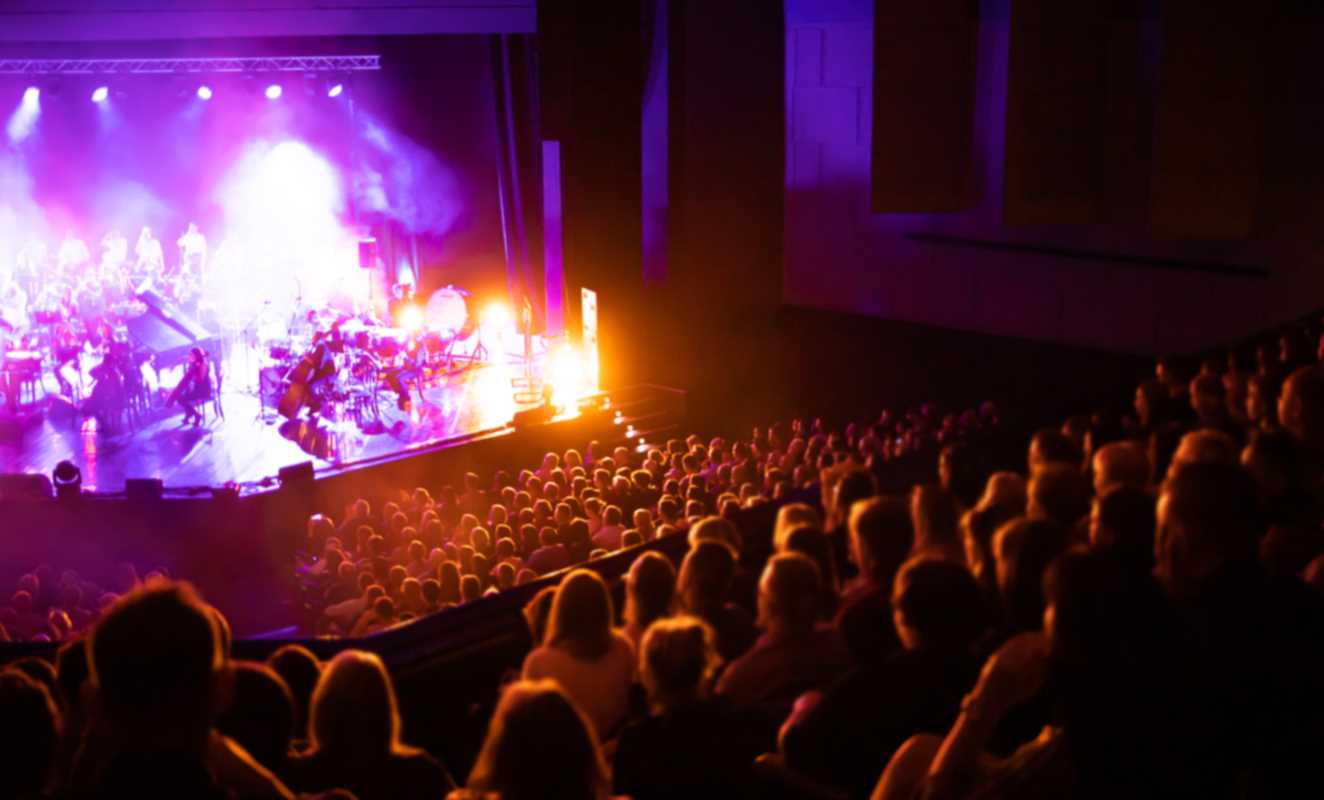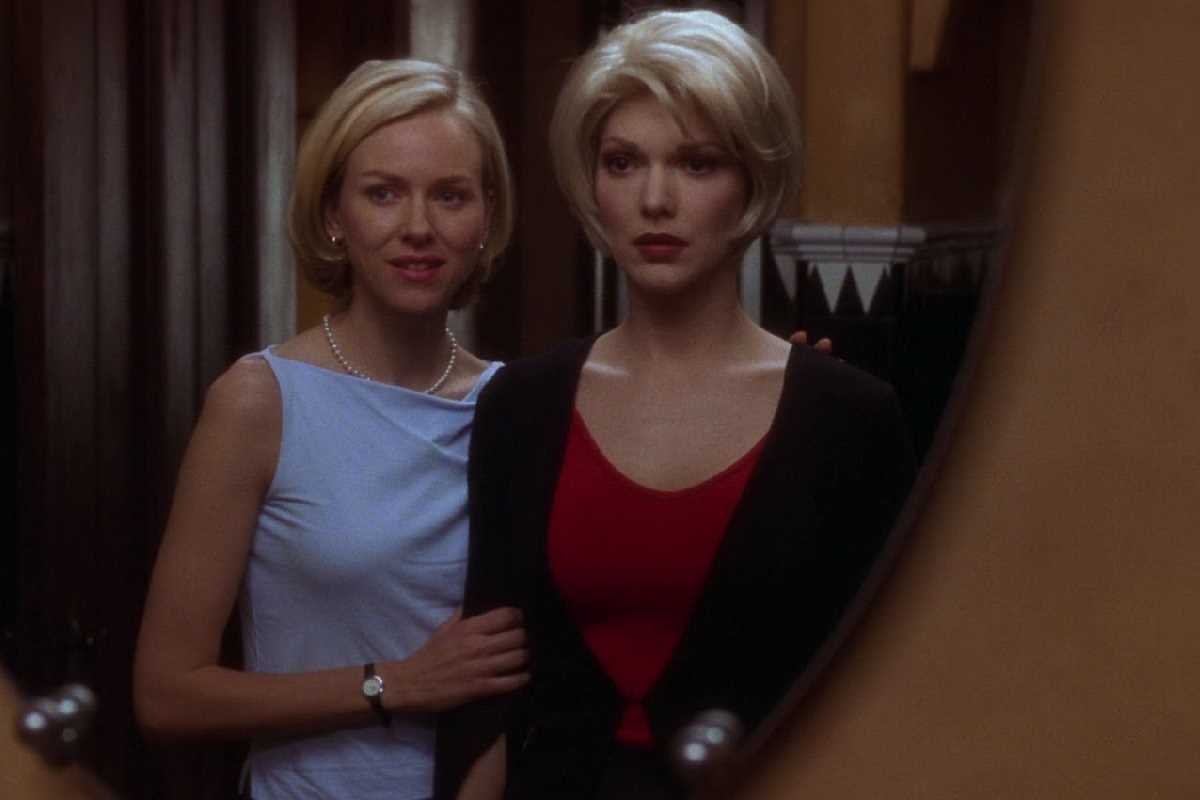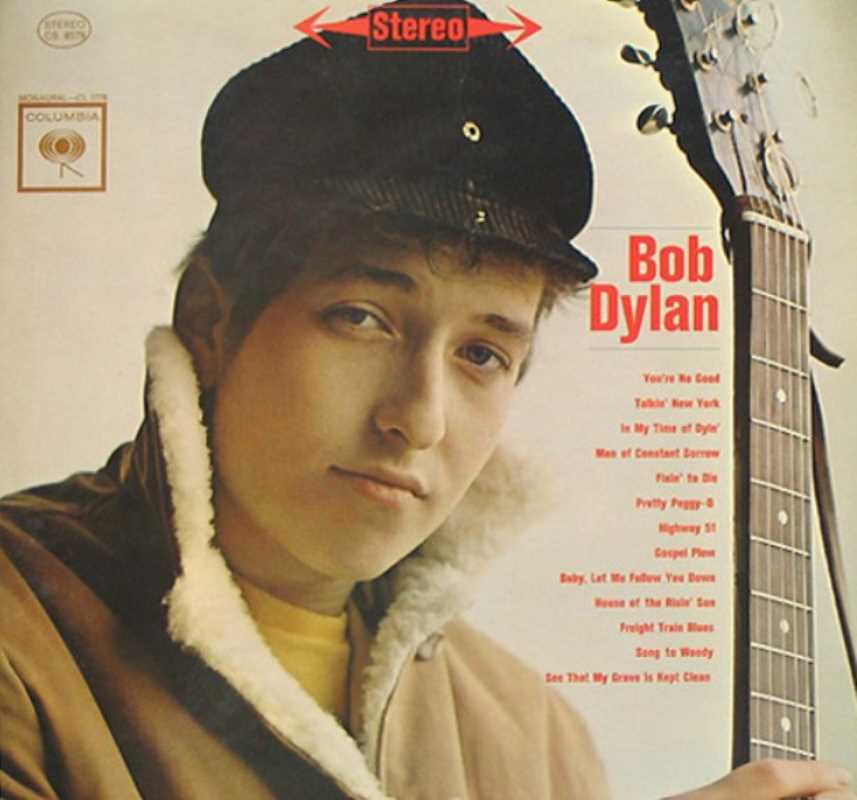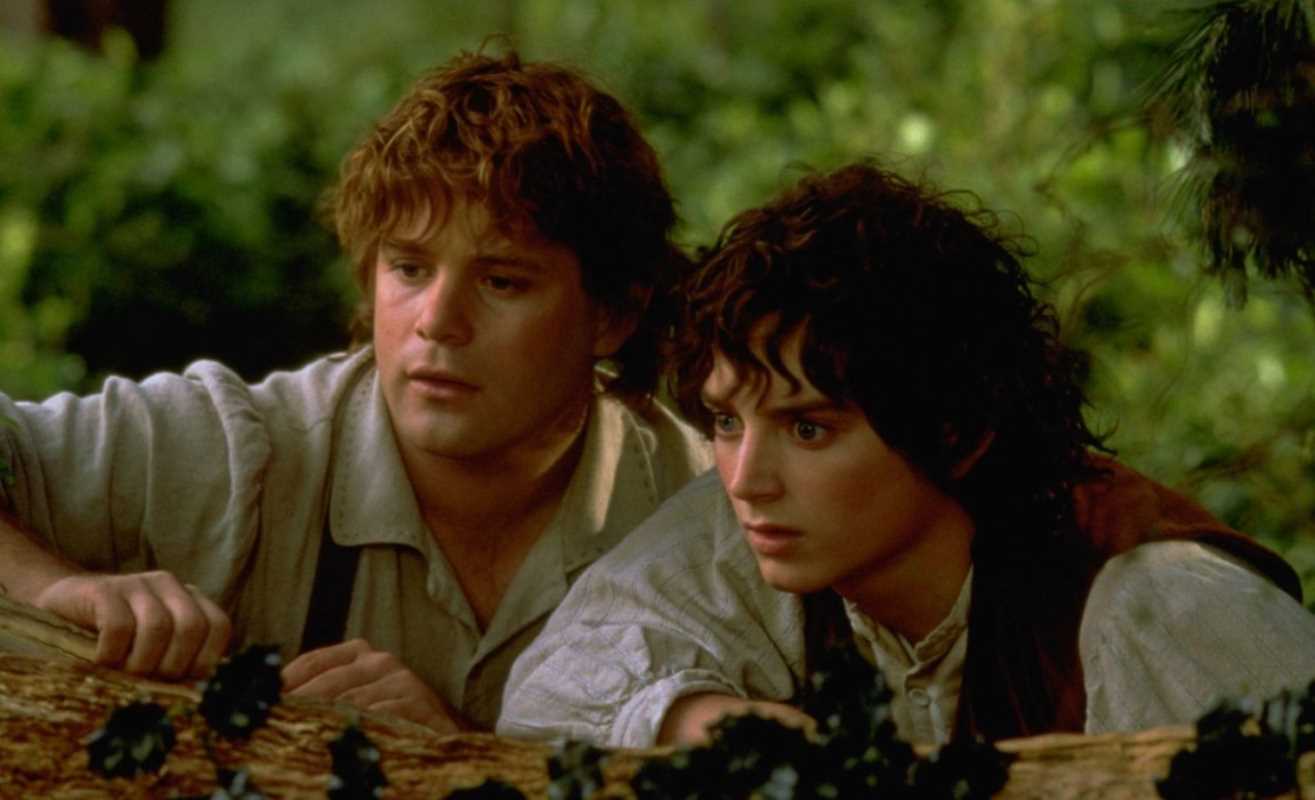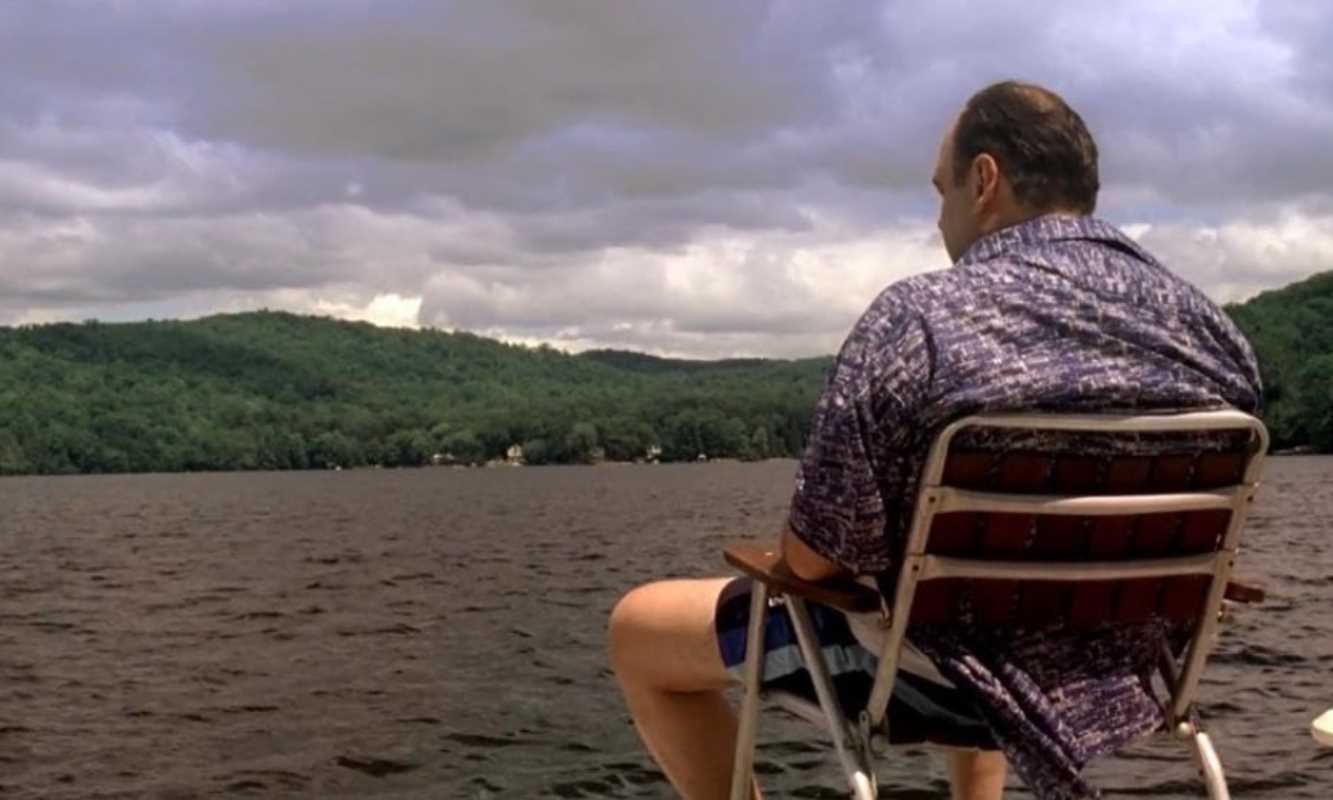Since the release of Harry Potter and the Philosopher’s Stone in 1997, J.K. Rowling’s Wizarding World has captivated readers and audiences worldwide, becoming a cultural phenomenon that spans books, films, theme parks, stage plays, and more. At its heart, the series weaves universal themes of friendship, courage, and the battle between good and evil into an immersive magical universe filled with fantastical creatures, rich lore, and beloved characters. The Wizarding World endures because it offers a sense of wonder, escapism, and timeless lessons that resonate across generations. Its magic lies in its complexity, creativity, and the emotional connection it fosters with fans.
Worldbuilding That Sparks the Imagination
One of the defining features of the Wizarding World is its intricate and immersive worldbuilding. Rowling created a vast, layered, and alive universe, offering readers and viewers a sense of discovery with every turn.
- Magical Institutions: The series brings magical institutions like Hogwarts School of Witchcraft and Wizardry, the Ministry of Magic, and the Gringotts Wizarding Bank to life. Each location is meticulously detailed, from Hogwarts’ enchanted staircases to the Ministry’s sprawling bureaucracy. These institutions make the magical world feel tangible and structured, grounding the fantastical in a sense of reality.
- Rich Lore and History: Rowling’s inclusion of wizarding history, family lineages, and magical laws creates a universe with depth. From the founding of Hogwarts to the backstory of the Deathly Hallows, these elements give the series a timeless quality, as though the Wizarding World existed long before Harry’s story began.
- Everyday Magic: Beyond the grand battles and ancient prophecies, the series depicts how magic integrates into daily life. These touches make the world relatable and endlessly charming, from self-stirring cauldrons to the whimsical Weasleys' Wizard Wheezes shop.
The depth and detail of the Wizarding World allow fans to immerse themselves in its magic long after they’ve turned the final page or watched the credits roll.
Universal Themes with Timeless Appeal
At its core, the Harry Potter series endures because of its universal themes, which resonate deeply with audiences.
- The Power of Friendship: The bond between Harry, Hermione, and Ron is the emotional cornerstone of the series. Their loyalty and courage in the face of danger show how love and friendship can triumph over adversity.
- Good vs. Evil: The battle between Harry and Voldemort represents the classic struggle between light and darkness, framed in a way that highlights the importance of choice, morality, and self-sacrifice.
- The Complexity of Human Nature: The series doesn’t shy away from moral ambiguity. Characters like Severus Snape, Albus Dumbledore, and Draco Malfoy remind readers that good and evil are rarely black and white, and redemption is always possible.
Beloved Characters That Feel Real
A major factor in the Wizarding World’s enduring appeal is its unforgettable cast of characters. Rowling’s ability to create deeply human, multidimensional characters allows readers to form lasting connections with them.
- The Trio: Harry, Hermione, and Ron embody bravery, intelligence, and loyalty, each bringing unique strengths and flaws to their dynamic. Their growth throughout the series makes their journey relatable and inspiring.
- The Villains: From Voldemort's chilling presence to Bellatrix Lestrange's and Dolores Umbridge's ruthless cruelty, the villains of the series are compellingly written. They serve as stark reminders of the consequences of unchecked power and prejudice.
- Supporting Cast: The Wizarding World has memorable supporting characters, from the wise and eccentric Dumbledore to the lovable Hagrid and the enigmatic Snape. Each character adds richness to the story, contributing to its emotional depth and complexity.
These characters stay with fans long after the story ends, their triumphs and struggles echoing the real-world experiences of those who grow up alongside them.
Expanding the Magic Beyond the Books
The Wizarding World’s enduring legacy is partly due to its expansion into other media and experiences, ensuring its magic thrives.
- The Films: The Harry Potter series brought the Wizarding World to life with breathtaking visuals, iconic performances, and a faithful adaptation of the source material. The films introduced the magic to new audiences and deepened fans’ connection to the universe.
- The Fantastic Beasts Franchise: This prequel series expanded the lore, offering a closer look at wizarding history and international magical communities. While divisive, it enriched the mythology of the Wizarding World.
- Theme Parks and Experiences: Universal Studios’ Wizarding World attractions allow fans to enter the Diagon Alley, ride the Hogwarts Express, and sip Butterbeer. These immersive experiences make the magic feel tangible and accessible.
- The Stage Play: Harry Potter and the Cursed Child continues the story with a theatrical spectacle, ensuring the saga remains an evolving narrative.
These expansions keep the Wizarding World relevant and allow fans to explore its magic in new and exciting ways.
A Cultural Phenomenon
The Wizarding World is more than a fictional universe—it is a cultural touchstone that has shaped pop culture and society.
- Fan Community: The Harry Potter fandom is one of the largest and most passionate in the world. From fan fiction and art to conventions and online forums, the community keeps the magic alive through creativity and collaboration.
- Influence on Literature: The series’ success reshaped the publishing industry, sparking a surge in young adult fantasy and proving that stories for younger audiences could achieve massive global appeal.
- Themes of Resistance: Recently, the series’ themes of resistance against authoritarianism, unity in diversity, and the fight for justice have taken on new relevance, inspiring activism and discussion among fans.
The Harry Potter phenomenon isn’t just about the books or movies—it’s about the lasting impact the series has had on readers, writers, and culture.
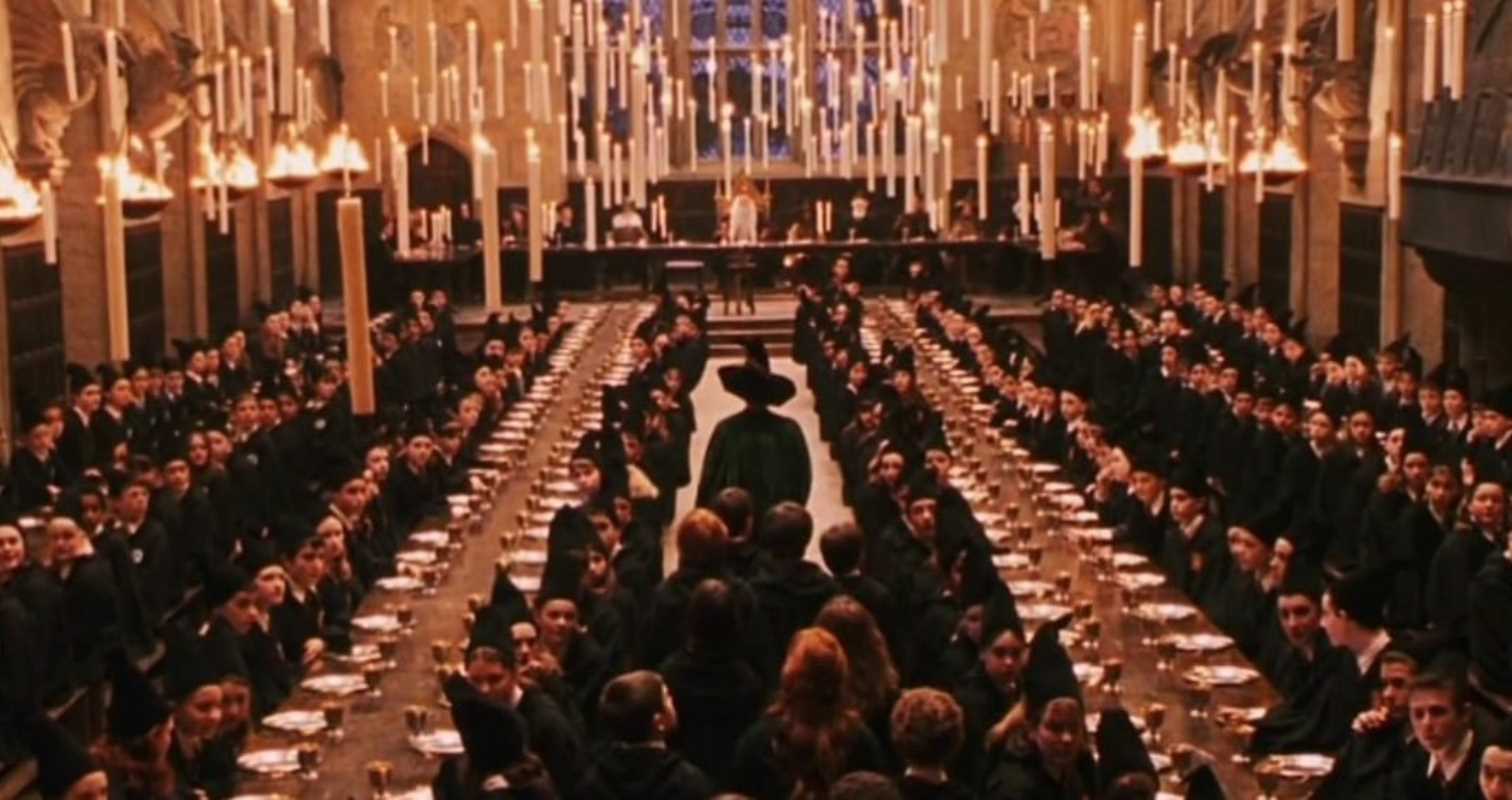 (Image source: Warner Bros. Pictures; Heyday Films; 1492 Pictures)
(Image source: Warner Bros. Pictures; Heyday Films; 1492 Pictures) 